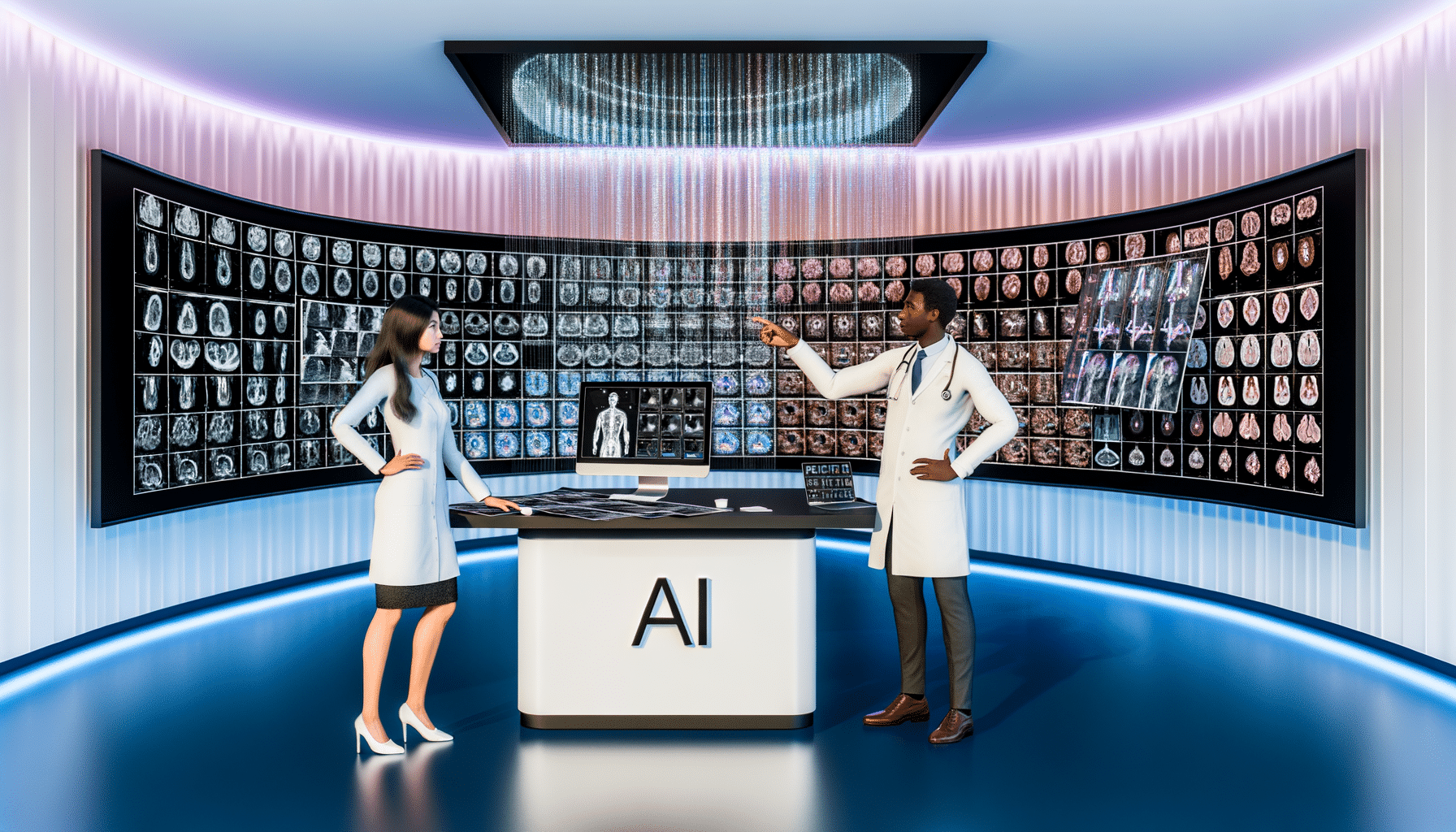Transforming Medical Imaging Records with AI: A Visionary Leap Forward
In the rapidly evolving world of healthcare, few areas reveal as much promise for technological advancement as medical imaging. This digital metamorphosis is chiefly led by the power of AI, reshaping how medical imaging records are managed, interpreted, and utilized. As we step into a future that leverages this technology, it’s imperative to explore how AI revolutionizes medical imaging records, enhancing accuracy, efficiency, and patient outcomes.
The Promise of AI in Medical Imaging
When I founded RecordsKeeper.AI, I envisioned leveraging cutting-edge technology to simplify and secure record management across all sectors, including healthcare. In medical imaging, AI offers a unique proposition by bridging gaps between vast amounts of data and actionable insights. With an overwhelming number of medical images produced annually worldwide, manually interpreting and managing these records poses a significant challenge.
AI not only automates but also augments the capabilities of radiologists and medical professionals. With algorithms capable of detecting patterns beyond human visualization, AI can potentially identify disease markers early and with unprecedented accuracy. This transformative power stands to revolutionize diagnostics and patient care alike.
Automating Image Categorization
A primary function of AI in medical imaging is automated image categorization. Traditionally, categorizing images involved meticulous manual effort—a process susceptible to human error and inconsistencies. AI algorithms, however, can automatically classify images, categorizing them by body part, modality, urgency, and even potential pathology. This automation leads to:
Real-Time Analysis and Predictive Insight
AI doesn’t just stop at automation—it provides real-time analysis and predictive insights. By continuously learning from data, AI systems can offer preliminary readings in real-time, assisting radiologists by highlighting areas of concern ultimately streamlining diagnostics. These systems are designed to:
Enhancing Security and Compliance
Security is paramount when handling medical records. Here lies one of AI’s greatest contributions: safeguarding medical imaging records while ensuring compliance with regulations like HIPAA. Through our work at RecordsKeeper.AI, robust features were developed to guarantee security, including:
A Future Powered by AI
The allure of AI in revolutionizing medical imaging records lies in its potential to open new horizons in healthcare—horizons that were once the realm of imagination are now tangible realities. By leveraging AI, we aren’t just optimizing records management; we’re redefining the parameters of diagnostic medicine and patient care.
As we navigate this optimistic future, the use of AI will likely expand beyond diagnostics into therapeutic and surgical arenas, enhancing human capabilities and outcomes. At RecordsKeeper.AI, we’re proud to contribute to this wave of innovation, consistently striving to provide solutions that matter for healthcare professionals, patients, and stakeholders around the globe.
In conclusion, AI has etched its place firmly at the forefront of medical imaging, exemplifying a transformative shift that empowers healthcare providers to focus more on what matters: patient care and outcomes. I invite you to delve deeper into this journey towards innovation, exploration, and implementation of AI technologies in healthcare. Together, we can harness this potential and create a more efficient, accurate, and accessible medical imaging landscape for all.








